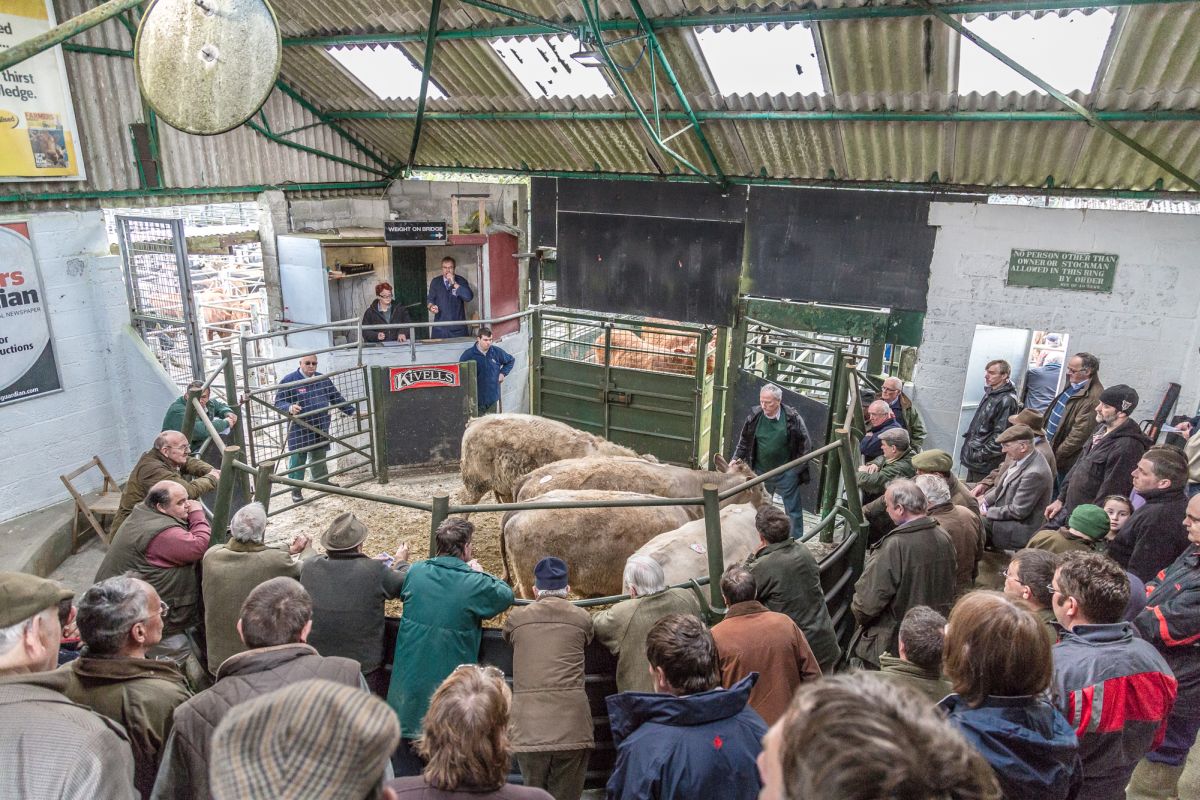
The number of store and breeding stock sold through livestock markets continued to rise in 2015 – up nearly a quarter of a million on the previous 12 months.
The latest sales figures, put together by the Livestock Auctioneers Association (LAA), paint a positive picture for marts in England and Wales.
There were 3,947,000 store and breeding stock sold at auction last year, a rise of 241,000 compared to 2014 and the highest number for 10 years.
In total, overall throughput numbers remained relatively steady at 11,496,000 – a drop of just 37,000 on 2014 (less than 1%).
Support for livestock markets remains strong
Chris Dodds, Executive Secretary of the LAA, said the national figures painted a positive picture – especially at a time when the agricultural sector faced a number of challenges – that showed support for livestock markets remained strong among the farming community.
"In total nearly 11.5m head of livestock were sold through LAA members during 2015," he said.
"This figure has been achieved at a time when national flock and herd numbers are declining and despite the many challenges that auction marts face.
"Numbers sold have held up very well, highlighting the crucial importance of livestock markets to British farmers and a strong and vibrant red meat sector.
"The livestock that were sold through auction marts last year will have experienced modern handling facilities that were staffed by well-trained drovers, they will have been sold by auctioneers who have the best interests of their farmers at heart and they will have been purchased by people who could stand around the ring and buy exactly what they wanted."
According to the sales figures the number of store and breeding sheep rose by 225,000 in 2015 to 2,912,000, while levels of store cattle increased by 6,000 to 692,000 over the same period.
Levels of prime slaughter sheep remained relatively steady, with 5,399,000 sold in 2015, compared to 5,469,000 the year before, while levels of prime slaughter cattle dropped by 48,000 in 2015 to 198,000.
Numbers of stores and breeding stock had increased, auctioneers said, because in many cases they represented a better financial option for small to medium sized producers.
Maximise margins
Rather than spend time fattening their livestock many farmers chose to instead market them as stores, selling to larger, professional finishers who had access to the economies of scale necessary to maximise margins.
Peter Kingwill, from Hobbs Parker auctioneers in Ashford, Kent, said: "There are some very good people doing it but for the average farmer it’s just too difficult.
"Instead, they much prefer to sell their stock as stores to maximise margins. That’s a big changing face of livestock markets."
Russell Steer, auctioneer at Exeter Livestock Centre, which was taken over by Kivells four years ago, said: "For many farmers it’s no longer financially viable to rear prime slaughter stock. Instead, they use the market to sell to professional fatteners."
Mr Dodds acknowledged that farmers choosing to sell their livestock direct to large supermarket chains and abattoirs may have also had an impact on throughput numbers, but warned: "I would encourage anyone thinking about entering into such an agreement to think again.
"With some major multiple retailers struggling to maintain sales, direct contracts might not be the best way for farmers to secure a long-term sustainable business.
"Auction marts offer a good service, give farmers choice and stability and encourage the marketplace to be open, transparent and competitive."
